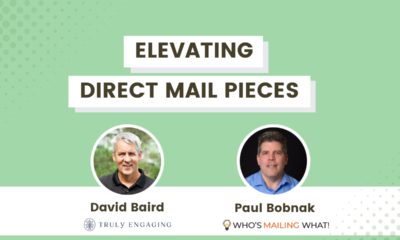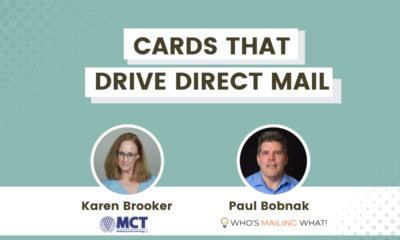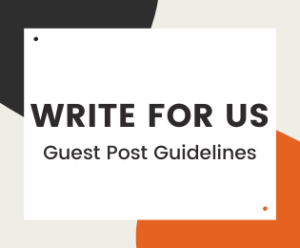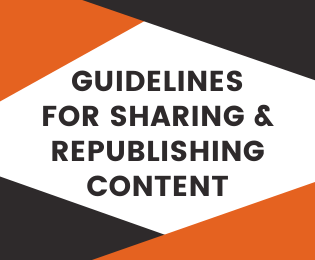MEET THE MAILERS
Meet the Mailers: Addressing Insights from Customer Data
In this episode, we talked with GrayHair Software about the role of data in improving your direct mail delivery and the security of mail communications.
In this episode, we talked with Josh McCaully, Managing Director Solutions Architecture of GrayHair Software, about the role of data in improving your direct mail delivery.
GrayHair unlocks actionable insights from customer data for many of the largest companies throughout the United States, providing increased visibility into vital processes across many parts of an organization to advance business goals.
Much of our discussion focused on the need to optimize address quality for successful direct mail campaigns:
You could have the best creative in the world, the best message in the world, the best offer in the world. But if it doesn’t get there, it was worthless.
 Josh McCaullyHead of Data
Josh McCaullyHead of Data
GrayHair Software
Some of the other topics we covered:
- Josh’s background in direct mail
- GrayHair’s data services
- Using Informed Visibility
- Security of mail communications
- Direct mail trends for the next year
- Best value proposition for mail
Here are some questions and answers (edited for clarity and space):
- Let’s get more into GrayHair’s bread-and-butter: data. What are the advantages to optimizing your data, starting with address quality?
Obviously, if your message doesn’t get to the recipient, because the address is incorrect, from a marketing or even operational perspective, how good is your communication?
You could have the best creative in the world, the best message in the world, the best offer in the world. But if it doesn’t get there, it was worthless. We notice a lot of mailers tend to, minimally run, you know, the bare minimum, which is CASS and NCOA, and they run that on like, a quarterly basis, because that was like a postal requirement.
And so now, we look at addressing in a more holistic fashion. And so we’re trying to promote better address quality habits. So you’re running it more frequently on the database itself. And then you’re also capturing address feedback mechanisms from the postal service, you know, using ACS and then using that data appropriately to ensure that you’re updating the source systems with that.
Not all the data is within CASS and NCOA. And so there’s other sources that you need to consider to ensure your undeliverable rate is as low as possible.
- What ways can mailers use Informed Visibility as well as Informed Delivery to market across channels as well as to improve service?
So, Informed Visibility, obviously when a mail piece is being delivered, you can coordinate multichannel communications better. A lot of people say, Hey, like you can expect your mail piece in the mail today. If you have their email address or you can, you know, do that through some sort of other digital communication and so being able to coordinate that will lead to higher response rates, right? As we’ve seen.
It also works really well in servicing mail. Like we have a lot of customers that use that information to tell people, like when they’re about to get a credit card. And that gets them to want to use that credit card, gets ’em excited about it. It also removes a lot of pressure from other systems, where people might be calling in to understand where something is because you’re giving them visibility to it. It improves their overall reception of your service.
And Informed Delivery is also useful in both channels. Whether it comes to marketing or servicing because you’re giving people another way to interact.
Instead of having to rely on that mail piece, they may prefer to get the mail piece, but wanna interact with you digitally. So you’re giving them that method to click on digitally.
And the other good thing about Informed Delivery is that we see a lot of challenges with people not having a good email database.
They’ve got a good database of names and addresses, but they don’t have the correct emails for everyone. And because the postal service is curating that list and you’re able to take advantage of it, you may be able to get an email to somebody that you weren’t able to get to them before. So, I think that’s the benefit of that system and the postal service has done a pretty good job of increasing the size of that database over time.
And obviously in the infancy of the program, there were very few people in Informed Delivery database and now it has a pretty significant size of users.
- What strategies and techniques can marketers look at that would improve mailing rates as well as their costs?
When you’re looking at it from an Informed Visibility standpoint, if you’re trying to understand, is your delivery strategy being executed properly, I think that’s one of the most important things that people can do with the data that they’re not necessarily doing. It’s one thing just to say, like, is our message getting delivered when we want it, right?
But the other thing that people need to look at is, you know, we have a lot of customers that when they market to people, they may mail somebody two to three times in a given month. And when they do that and if those communications are meant to hit people in a specific order, because the messaging requires ’em to be hit in order.
And if they hit out of order, that could be a detriment to your overall response. So I think using the data where granularly is going to lead to better overall adjustment of mail strategy.
The other thing too is, you know, you’re also by understanding when your delivery, what your delivery looks like, especially mailing out a specific suppliers, you may be able to change how you mail something. You know, most marketers now aren’t using First Class mail anymore, but we still have some customers that use it from time to time, especially trigger mailings – where they feel like they just got the freshest data and they still want to get communications as quickly as possible.
You know, if you’re able to spread that out across suppliers, geographically, you still may be able to use Standard (Marketing Mail) class and get similar delivery timelines.
- One concern some consumers have is about the security of marketing communications, and mail is a part of that. What kinds of measures can marketers take to prevent fraud and keep customers safe?
It’s a great question. It’s one of the things that we focus on with our data specifically. You know, beyond having the correct address, which I’d say is probably the most important thing you can do.
Obviously, if you’re knowing that we have a lot of customers because of their compliance, that will knowingly mail a mail piece to an incorrect address, because they’re not, unless they’re not necessarily allowed to take the new address that may be offered by NCOA because of compliance reasons.
And you know, and obviously there’s gonna be a lot of times where that is forwarded to the new address anyway. But there are times that it’s not, and you’re adding an extra step of handling in the system. So, using the best address possible, or if, you know, you may not have a good address at all, maybe you don’t mail it, mail that communication until you can confirm you have a good address otherwise.
The other thing that we look for is using Informed Visibility and ACS and secure destruction data. You’re able to understand what is the actual, like where is that piece going?
And you start seeing a piece doing something it’s not supposed to be doing or going outside of its normal path of travel. If it’s a credit card, you might cancel that credit card or act at a higher level of activation to it. If it’s a check, you may cancel the check. So those are just things that our customers have in place to try and secure what was in that piece as it is.
But, you know, again, ensuring you have the best address possible is the best thing you can do to avoid fraud.
- What is the best value proposition for direct mail … why does it still work so well today?
It’s a good question and I’m surprised to see some of the metrics where they say some of the younger generations prefer to get direct mail compared to digital channels.
I think people are just saturated and they’re looking for ways to get off their phones or get off their digital communications. With how connected they are, especially, there’s a lot more people working from home these days than before, and they’re always connected, they’re always on.
And I think looking for an escape from that is somewhat normal. You know, maybe the mail is a way for them to get off of their connected lives and to feel something more tactile instead of just digital, always digital.
I think the other thing too, is that, especially from an acquisition standpoint, the data seems to be much more consistent, you know, this individual living at this address, it’s easier to mail them a message and understand, what is their credit score, right? … What other things do they like to shop for?
I think that data is that, and the process to get that data has been around for so long that it’s really consistent. Getting some of these correct email addresses with that information may not be as consistent.
And so you may not have the success rate of getting them the offer that you want to get them right.
- What trends do you see unfolding in direct mail going into 2023?
It’s a difficult question. Cause I think the economy’s gonna play into it significantly. I mean, we saw obviously with the start of COVID and, we saw mail volumes decline pretty sharply. And people, you know, were sort of very cautious because they didn’t know what was gonna happen. And then all of a sudden mail volume skyrocketed.
Almost up to like pre-2007, 2008, in some cases. Pre- that recession time frame, which is when you know, mail really started to decline in volume compared to what it was. And we’re seeing mail volumes start to taper off a little bit, but a lot of our core customers are still, you know, their volumes are what I would call aggressive.
They’re still really relying on the mail to get new customers. I think if the economy starts to struggle even more than it already is, compared to six months ago, we might start seeing some of the financial mailers taper off their volumes a little bit, not looking to bring on as much debt as they have been.
I still think a lot of the other channels are gonna still rely on mail. The non-profit space, retail space … their volumes will sort of maintain, but it’ll be interesting to see what the financial markets do based upon the economy.
I do think beyond the economy, some of the new technologies, like Lob and PebblePost and some of these other companies that are trying to create more technological applications using mail. We will see more adoption and also a lot of the traditional large lettershops – the ones that have a significant amount of inserters and offset processes are moving to more digital presses. Digital technologies. And so, it’ll be interesting to see as mailers start to move towards those technologies that become more cost-effective. How does that change? You know, the types of mail that we get in our mailbox.
Here is our conversation. We’ve added timecodes for your convenience.
Thanks again, Josh, for an interesting and informative chat! To learn more about GrayHair Software, visit GrayHairSoftware.com.
Your comments and ideas are very important to us in making your Who’s Mailing What! experience even better for you. Through these engaging and informative talks, we hope you’ll take away practical tips, insights, and stories to inspire and build your own success.
If you have any feedback — or are interested in sharing your expertise and viewpoint with our wide and diverse audience on “Meet the Mailers” — please reach out to me. I’d love to hear from you!

























